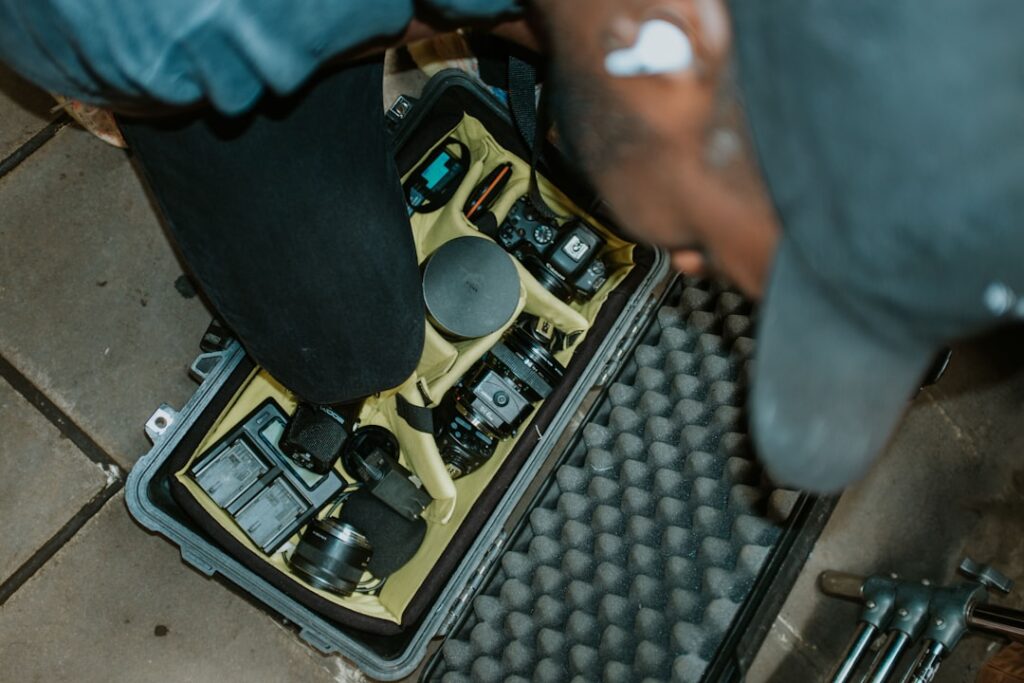Explore the best predictive maintenance tools and analytics solutions to detect equipment issues early and ensure uninterrupted production.
Introduction
In today’s competitive industrial landscape, maintaining optimal equipment performance is crucial for ensuring uninterrupted production and maximizing return on investment. Equipment monitoring solutions have become indispensable tools for organizations aiming to stay ahead by preventing unexpected downtime and extending the lifespan of their assets. This blog explores the top predictive maintenance tools and analytics that can transform your maintenance strategy, ensuring operational excellence.
The Importance of Equipment Monitoring Solutions
Effective equipment monitoring solutions provide real-time insights into the health and performance of machinery. By leveraging these solutions, businesses can transition from reactive to proactive maintenance approaches, minimizing disruptions and reducing operational costs. Predictive maintenance not only enhances productivity but also aligns with sustainable practices by reducing waste and optimizing energy consumption.
Top Predictive Maintenance Tools and Sensors
Selecting the right tools and sensors is vital for accurate fault detection and maintenance planning. Below are some of the leading predictive maintenance tools and sensors that can elevate your equipment monitoring strategy:
1. Machine Health Monitoring
Machine health monitoring systems continuously assess the operational power and performance of equipment. By collecting and analyzing data from various sensors, these systems can identify potential issues before they escalate into significant problems. This proactive approach ensures maximum asset performance and extends equipment lifespans.
2. Oil Analysis
Routine oil analysis goes beyond traditional maintenance by predicting when fluids need replacement and providing insights into the machine’s overall health. This predictive maintenance solution helps manufacturers optimize fluid management, reduce downtime, and lower maintenance costs by addressing issues before they cause failures.
3. Vibration Monitoring and Analysis
Vibration monitoring is essential for maintaining rotating machinery. By analyzing vibration patterns, maintenance teams can detect abnormalities that may indicate wear or impending failure. Implementing a structured vibration analysis program helps prevent quality issues and unexpected breakdowns, ensuring machinery operates smoothly.
4. Thermographic Imaging
Thermographic imaging, or infrared inspection, is a powerful predictive maintenance tool that identifies temperature anomalies in equipment. This real-time detection allows manufacturers to take proactive measures, reducing unplanned downtime and optimizing repair schedules. Extending equipment life and enhancing reliability are key benefits of this technology.
5. Ultrasonic Leak Detection
Ultrasonic leak detection is a non-invasive method that identifies leaks and other issues in equipment operation. By integrating ultrasonic sensors into your maintenance strategy, you can optimize maintenance management, extend mean-time-between-failures (MTBF), and improve safety while minimizing lost production time.
Benefits of Advanced Predictive Maintenance Tools
Implementing advanced predictive maintenance tools offers numerous advantages:
- Increased ROI: By preventing unexpected downtime and extending equipment life, organizations can achieve a higher return on investment.
- Improved Operational Efficiency: Data-driven decisions streamline maintenance processes, enhancing overall productivity.
- Reduced Maintenance Costs: Predictive insights allow for targeted maintenance actions, reducing unnecessary expenses.
- Enhanced Safety and Reliability: Early fault detection minimizes the risk of accidents and ensures reliable equipment performance.
- Sustainability: Optimizing maintenance practices contributes to reducing the carbon footprint by minimizing waste and energy consumption.
Choosing the Right Equipment Monitoring Solutions
Selecting the appropriate equipment monitoring solutions requires careful consideration of your organization’s specific needs and operational requirements. Here are key factors to consider:
- Scalability: Ensure the solution can scale with your business as it grows.
- Integration: The monitoring system should seamlessly integrate with existing workflows and other enterprise systems.
- User-Friendly Interface: A clear and intuitive interface promotes easy access to critical information for all team members.
- Real-Time Analytics: Opt for solutions that provide real-time data processing and actionable insights.
- Support and Training: Comprehensive support and training can help bridge any skill gaps and ensure effective implementation.
Conclusion
Embracing advanced equipment monitoring solutions is essential for modern industries striving for operational excellence and sustainability. Predictive maintenance tools and analytics not only enhance equipment performance but also provide significant cost savings and contribute to a safer working environment. By selecting the right tools and leveraging data-driven insights, organizations can proactively manage their assets, ensuring uninterrupted production and long-term success.
Ready to revolutionize your maintenance strategy? Discover how iMaintain can transform your operations today!






